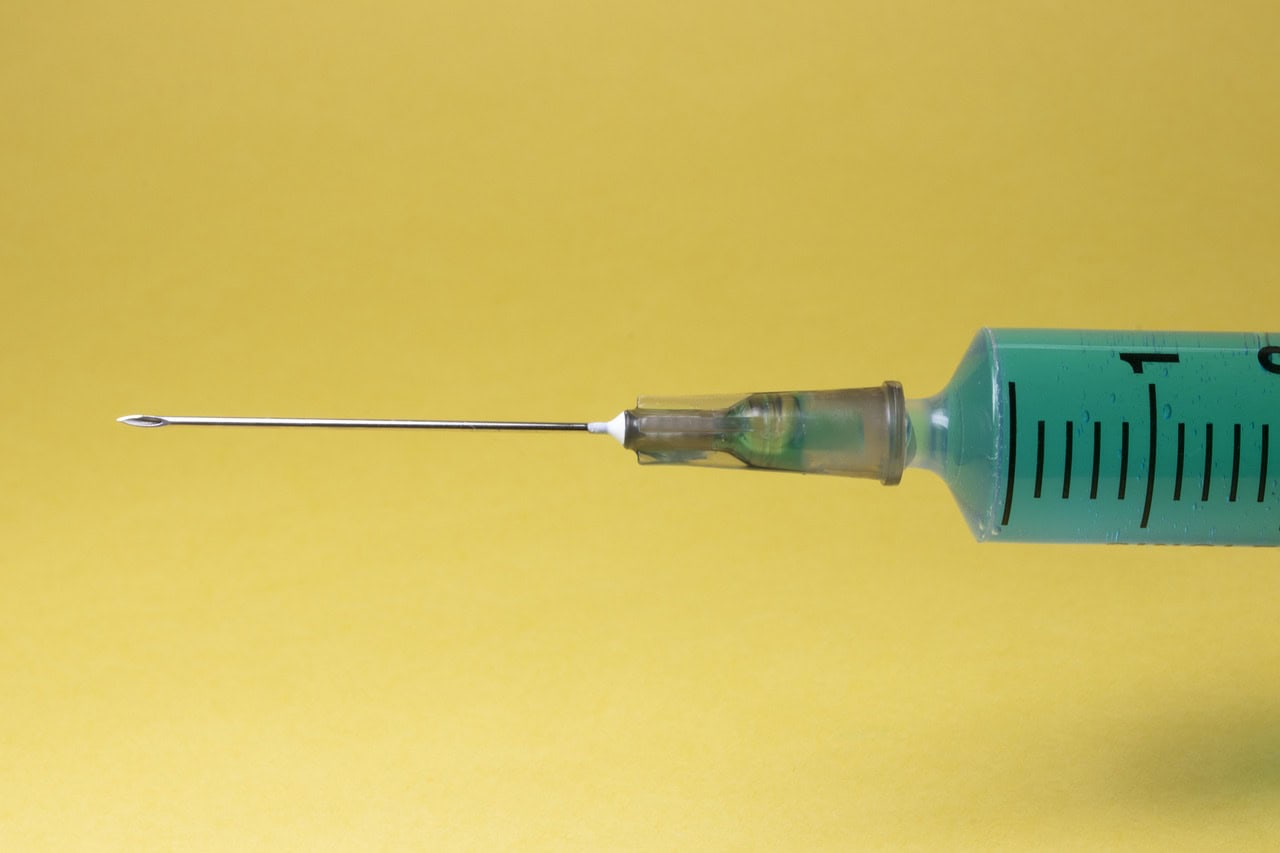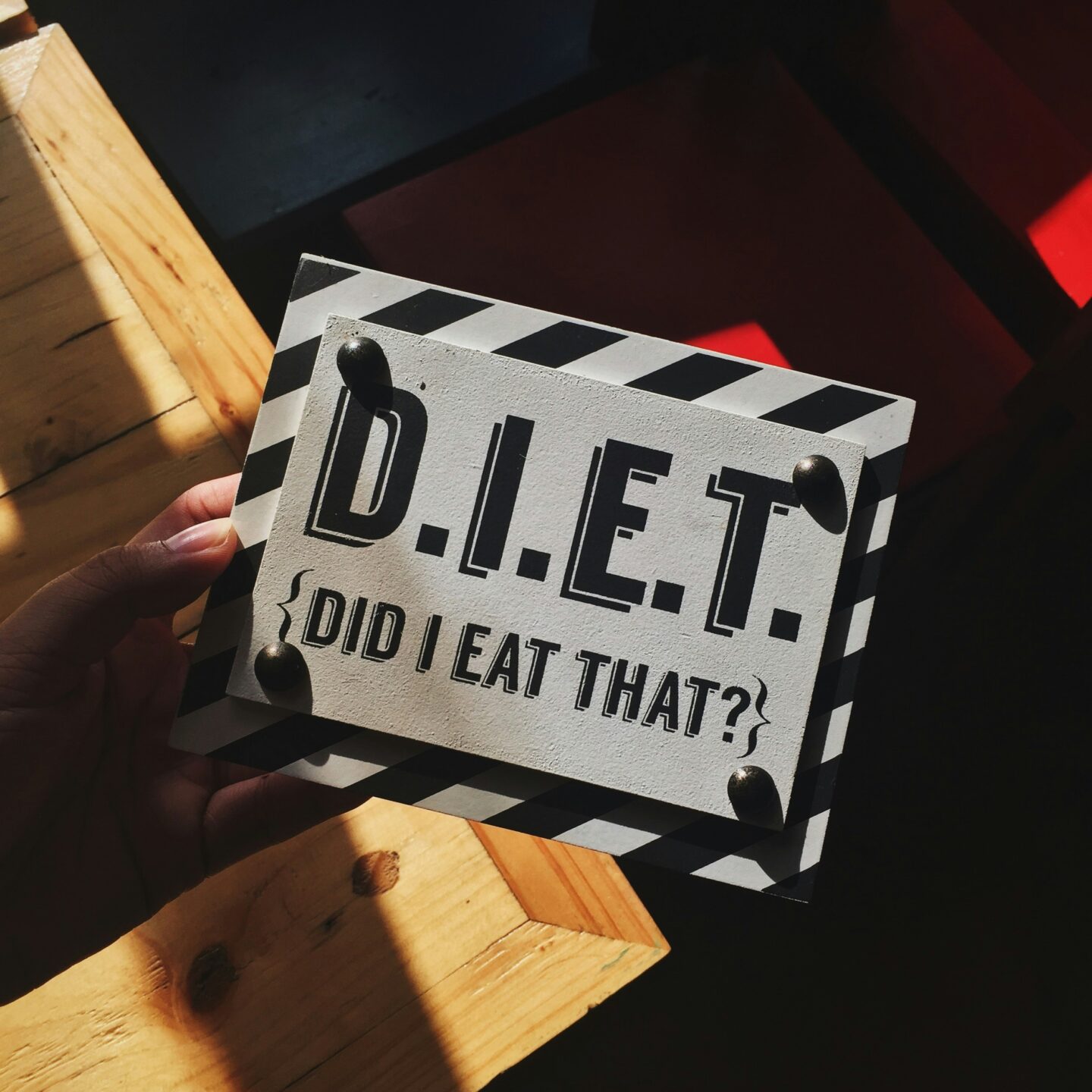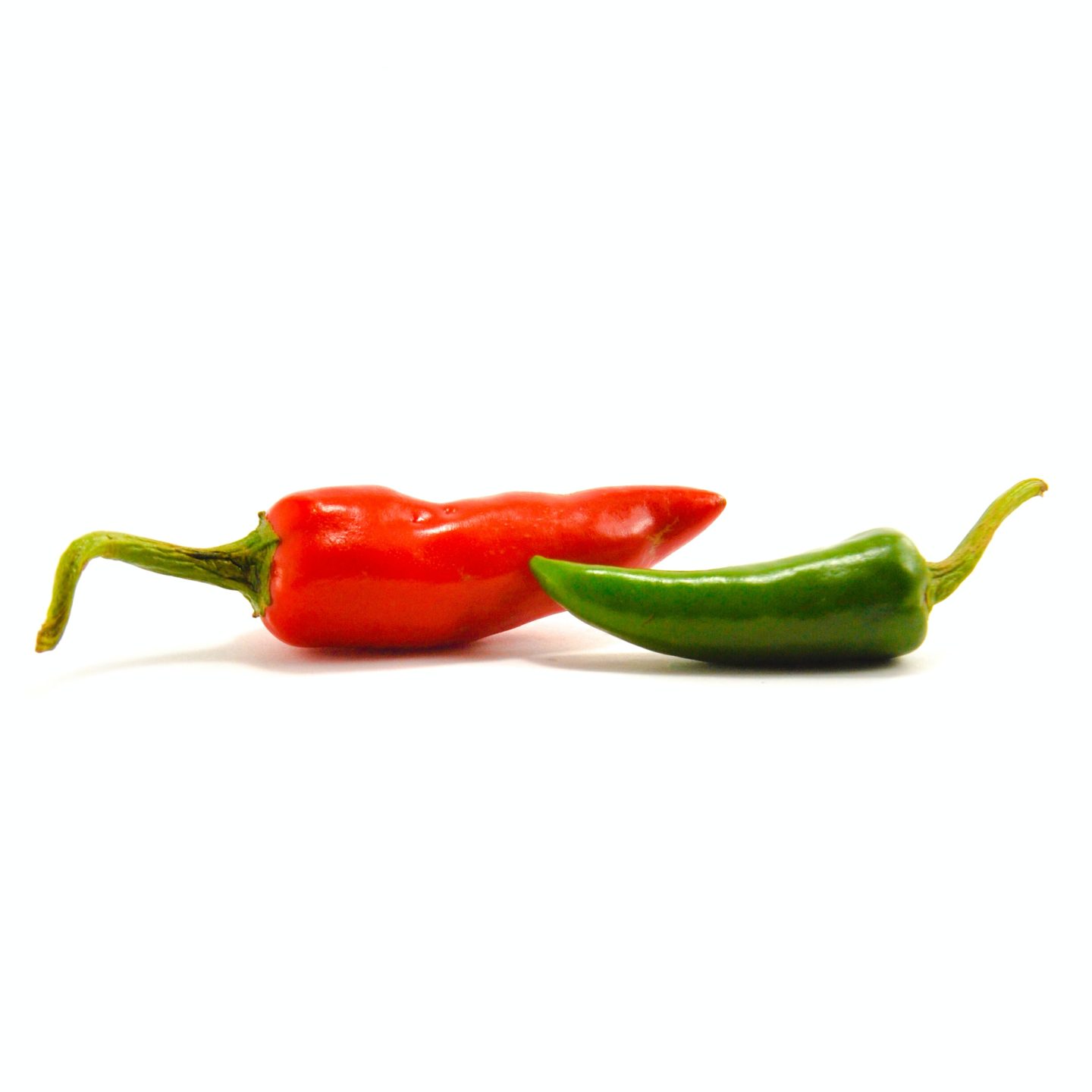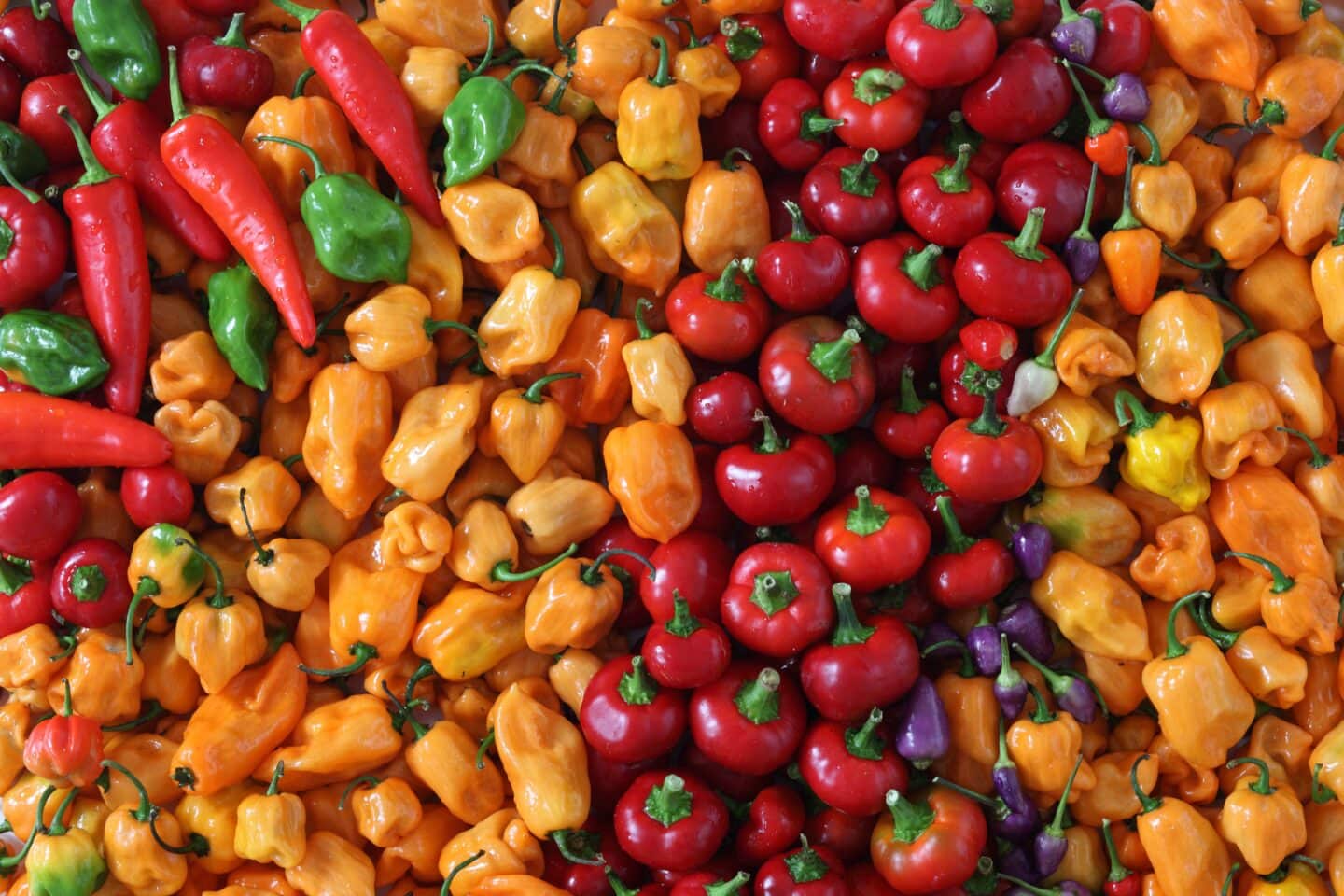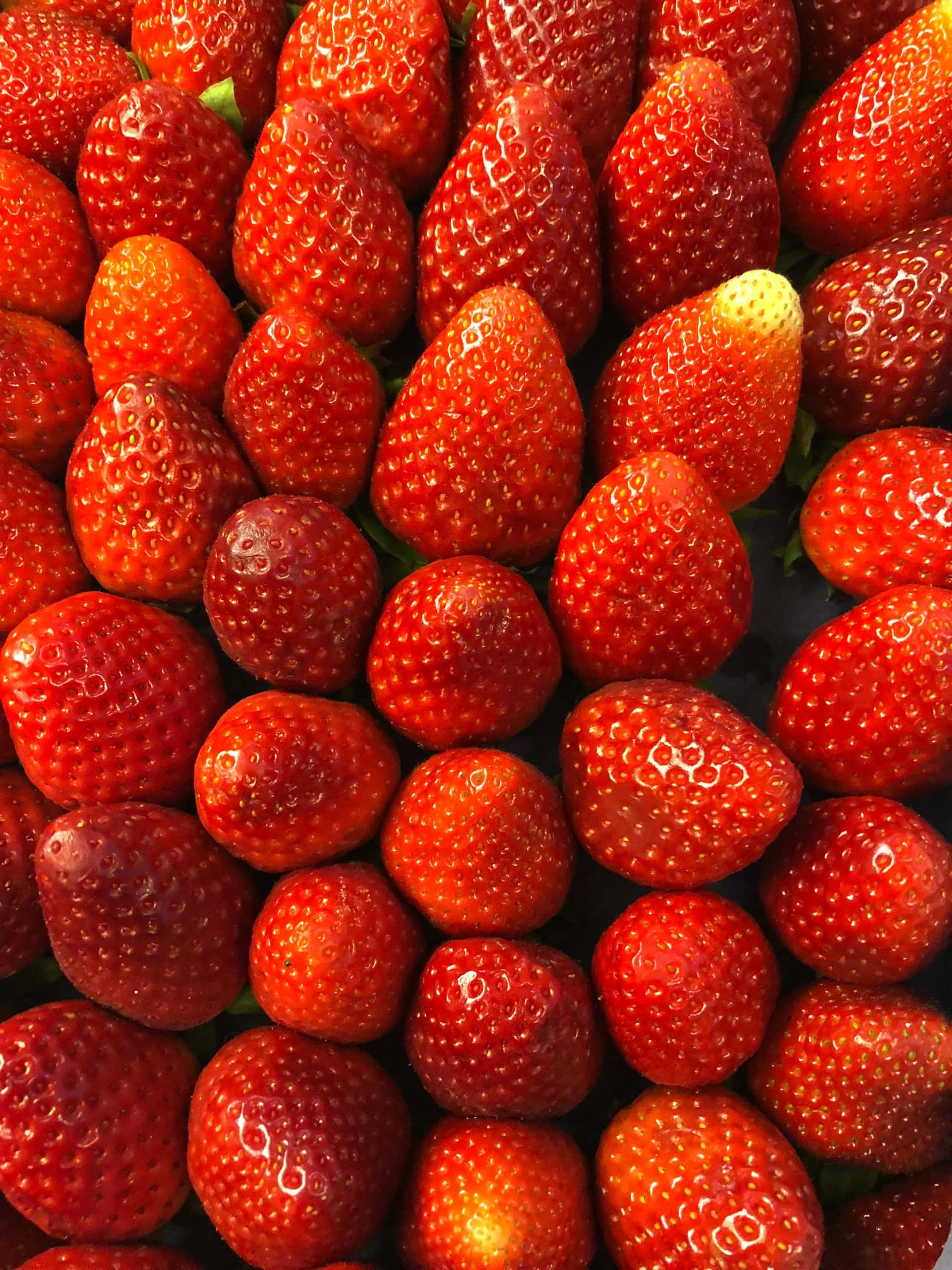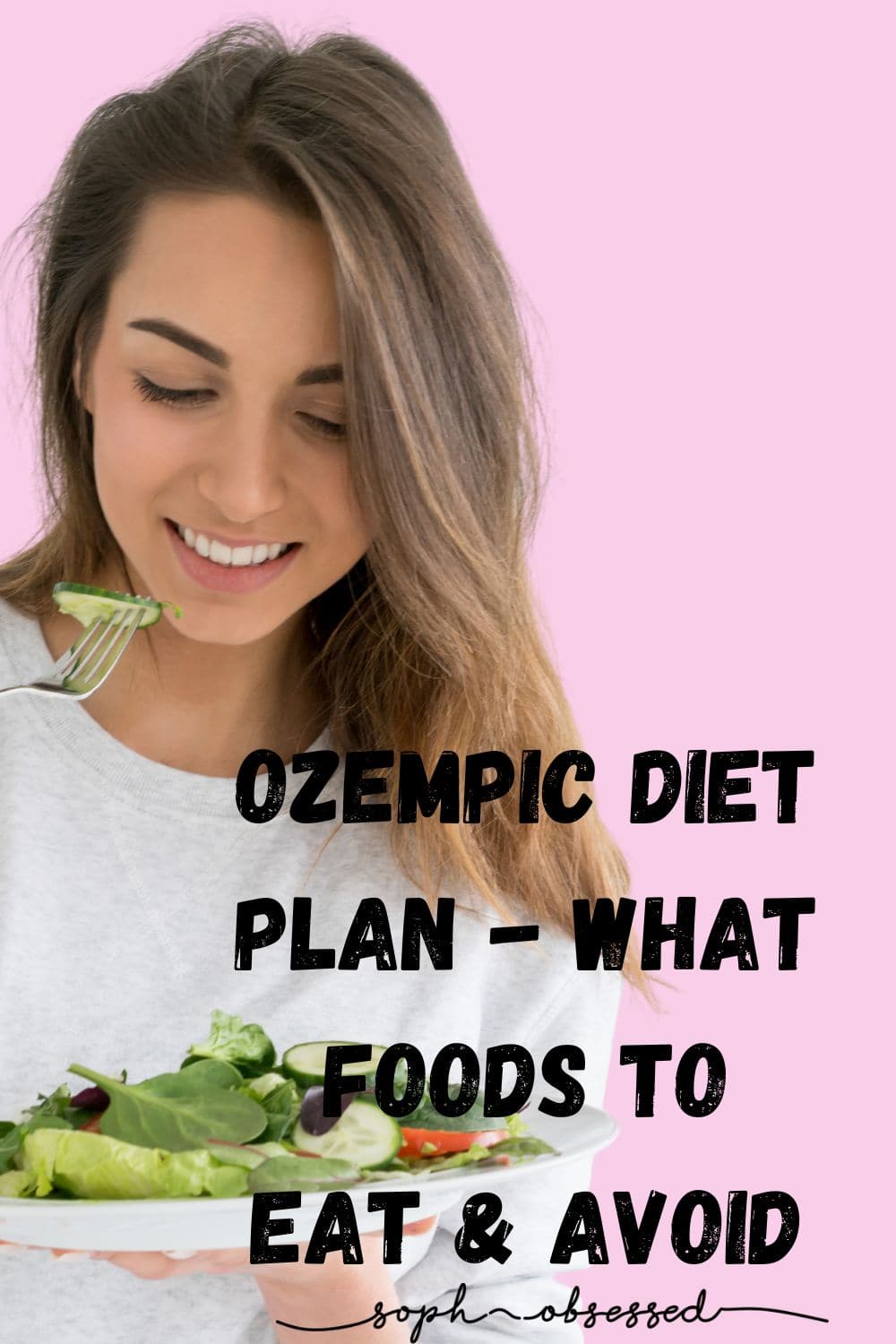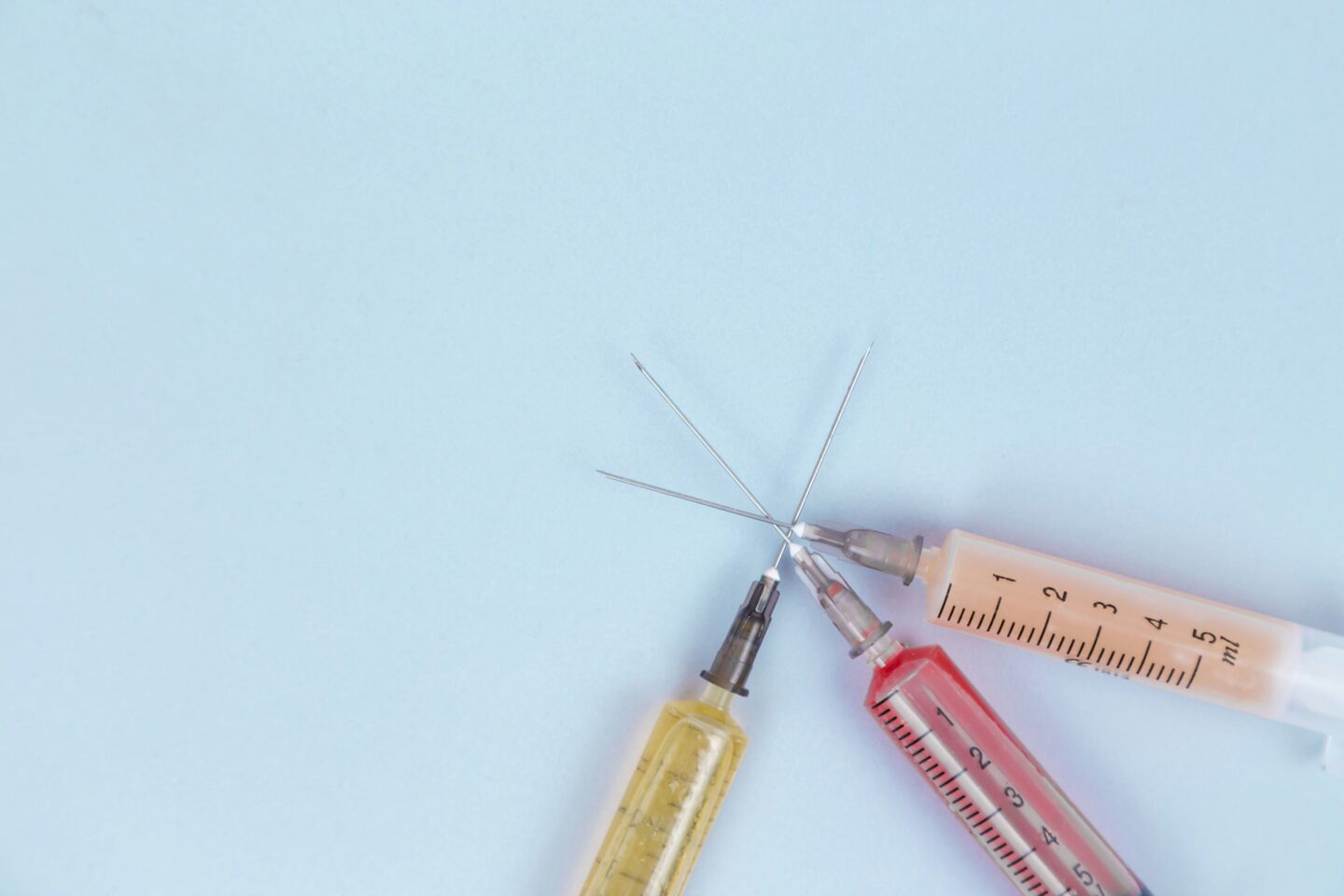
Navigating a weight loss journey can be challenging, and for many, that’s why medications like Ozempic (semaglutide) have been revolutionary. However as wonderous as this glucagon-like peptide-1 (GLP-1) receptor agonist is at promising results in weight loss, it can also come with side effects, particularly gastrointestinal ones like nausea, vomiting, and bloating – urgh. A crucial part of managing these side effects is understanding what foods can trigger them and which ones are more likely to be tolerated well. Even when using medications like Ozempic it is still imperative to make dietary adjustments. This Ozempic diet plan looks at what foods you should avoid and how best to manage those uncomfortable side effects.
As always, before undertaking any kind of weight loss or lifestyle change, it is always best to speak to a medical professional or registered dietician who is best suited to give personalised advice on your individual health needs and health issues. This blog post has been researched to the best of my ability, and the information posted is accurate at the time of publication. With things like this, there are always new developments and advice. It is always best to double-check that any information is accurate and up to date before taking any action.
What Is Ozempic?
Before we get into the Ozempic diet plan let’s refresh on what Ozempic is. Ozempic (brand name for semaglutide) is a GLP-1 agonist that was initially developed as a diabetes medication to help regulate blood sugar levels. Over time, it became clear that one of the benefits of Ozempic was its ability to aid in weight loss and over recent months it has become popular as a weight loss aid. It works by mimicking a naturally occurring hormone called glucagon-like peptide-1 (GLP-1), this drug helps to regulate insulin secretion, slow down gastric emptying, and create feelings of fullness. This leads to lower blood sugar spikes, reduced calorie intake, and ultimately the added bonus of weight loss.
Ozempic has gained popularity as a weight loss tool for those struggling with insulin resistance or who have other health conditions such as type 2 diabetes or high blood pressure. It has also been used by stars and celebrities across Hollywood and beyond. The benefits to those who struggle in their weight loss journey have been paramount but the reward doesn’t come without risks and side effects.
Why Foods May Trigger or Worsen Side Effects
One of the most common side effects of semaglutide medications like Ozempic and Wegovy is gastrointestinal (GI) upset, including nausea, vomiting, and bloating. As mentioned the drug works by slowing gastric emptying—meaning it keeps food in the stomach longer, which can help with feelings of fullness but in turn can also lead to discomfort if the wrong foods are consumed.
Gastrointestinal side effects can be exacerbated by certain types of foods, particularly those that are high in fat, sugar, or are ultra-processed. These types of foods not only delay digestion further but can also cause more rapid spikes in blood sugar levels, which can increase nausea. As much as Ozempic is perceived in the press as a ‘wonder drug’ that can help you lose weight without changing anything – healthwise that’s simply not true. If you plan on taking these kinds of medications for weight loss then it is important to consider an Ozempic diet plan containing foods that won’t increase any unpleasant side effects. It starts by understanding the types of foods that trigger these effects and making relevant adjustments.
Foods to Avoid on Ozempic
A healthy and balanced diet is essential. If you’re experiencing uncomfortable side effects while taking Ozempic, you may want to consider avoiding or minimising certain foods that are likely to aggravate the situation. Here’s a list of some of the specific foods and drinks that tend to worsen GI symptoms:
Greasy Based Foods:
Foods high in unhealthy fats, such as fast food, fried items, and certain cuts of meat, can be difficult to digest and when coupled with Ozempic they can make side effects worse like nausea and vomiting.
Sugary Foods and Drinks:
Foods and beverages with a high sugar content, such as ice cream, sweets, and full-sugar drinks, can cause rapid spikes in blood glucose levels, leading to feelings of nausea and increased feelings of fullness.
Ultra-Processed Foods:
Heavily processed foods that are lower in nutritional value but high in calories, such as crisps and pre-packaged snacks, can exacerbate side effects like bloating and gas.
High-Fat Content Foods:
Fatty cuts of meat, full-fat dairy products, and high-fat snacks can cause further delays in digestion and lead to uncomfortable bloating.
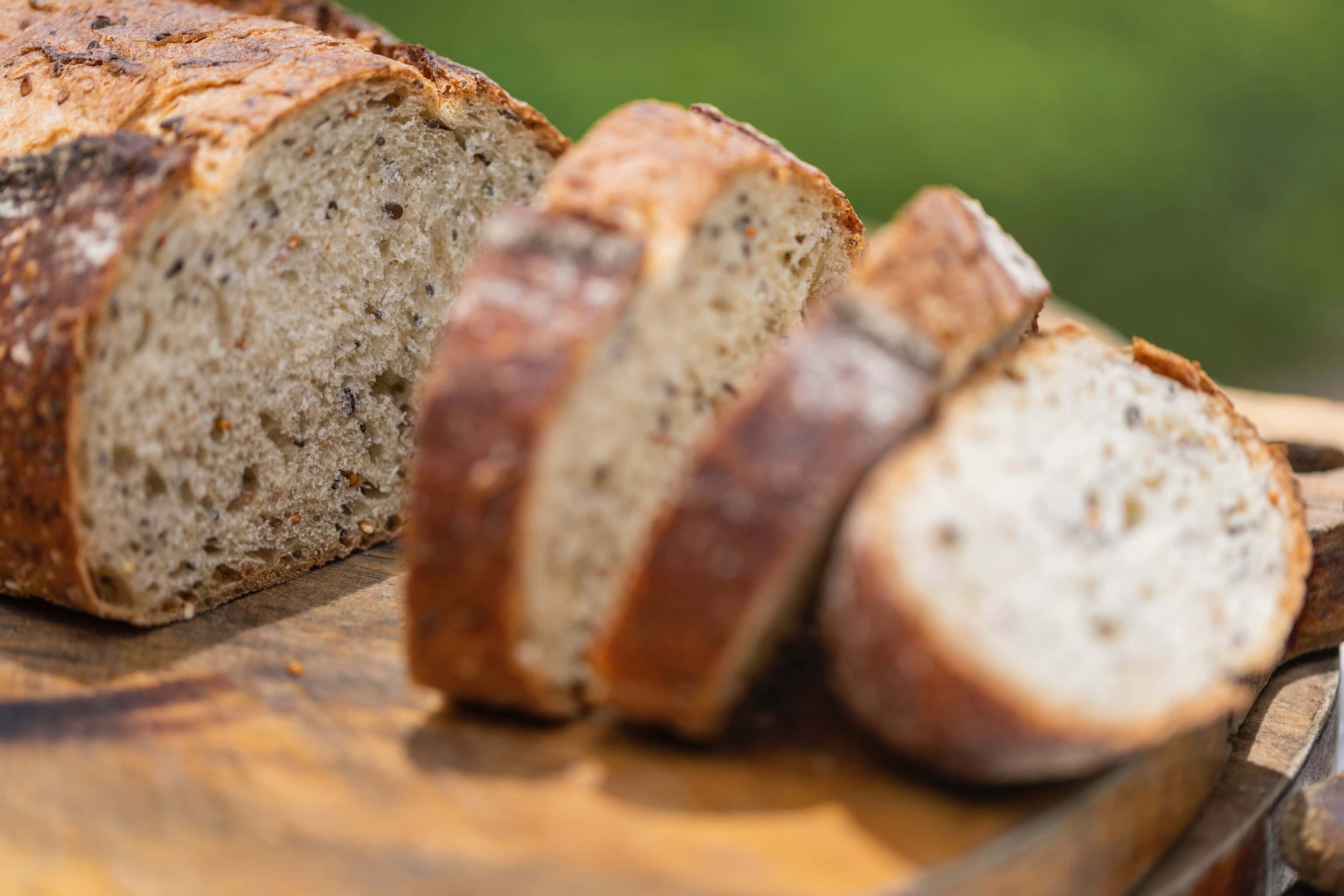
White Bread and White Rice:
Refined grains, such as white bread and white rice, have often been stripped of fibre and nutrients, leading to quick digestion and blood sugar spikes which can lead to increased feelings of nausea.
Cruciferous Vegetables:
Vegetables are an important food group but some types of cruciferous vegetables like broccoli, Brussel sprouts and cauliflower can cause gas and bloating when on Ozempic. Although the benefits of these foods are important so eliminating them from the diet completely isn’t advised eating in moderation will best help reduce unwanted side effects.
Spicy Foods:
Spicy foods can cause digestive irritation so avoiding these foods can help minimise side effects.
Foods and Drinks Least Likely to Cause Side Effects on Ozempic
So, we’ve covered the kinds of foods that are best to avoid but what about the foods best for minimising side effects and promoting overall health whilst on Ozempic? Of course, it makes sense that choosing nutrient-dense foods that support blood sugar control and that are easy to digest is key. You want to prioritise the following kinds of foods:
Lean Proteins:
Lean cuts of meat such as chicken, turkey, and fish are easier to digest along with plant-based proteins like tofu and lentils. Not only are these foods lower in fat but they are also packed with essential nutrients.
Whole Grains:
Opting for whole-grain foods such as brown rice, quinoa, and whole-wheat pasta helps maintain stable blood sugar levels and reduces the likelihood of nausea.
Vegetables:
Vegetables are naturally low in calories but high in fibre and water content, which can help with digestion and feelings of fullness without causing GI upset. Although we have mentioned cruciferous vegetables specifically can cause gas and bloating eating these in moderation still has great benefits.
Greek Yoghurt and Cottage Cheese:
Full-fat dairy can cause digestive issues and side effects when on Ozempic but lower-fat dairy sources such as Greek yoghurt and cottage cheese are good sources of protein and are easier on the digestive system when on Ozempic.
Fresh Fruits:
Berries, apples, and pears are examples of nutrient-dense fruits that are less likely to cause spikes in blood sugar and provide essential vitamins for overall health.
Olive Oil:
Fatty foods are not the most friendly but there are good fat options which are preferable. Olive oil is a good fat that’s easier on your stomach compared to butter or other saturated fats, making it a healthier choice for cooking or dressing your food.
Tips to Reduce GI Upset While Taking Ozempic
Although changing the types of foods you consume on Ozempic can help this really is on a case-by-case basis and reducing these foods may not stop all side effects entirely. If you’re dealing with nausea, vomiting, or bloating while on Ozempic, there are several strategies you can try to minimize these side effects:
Eat Smaller Meals:
Large, heavy meals can overwhelm your digestive system and make you feel grim where possible opt for smaller, more frequent meals to reduce the strain on your stomach.
Focus on Portion Control:
Weight loss is largely about portion control and for most of us struggling to lose weight portion control is key. The same is said for those on an Ozempic diet plan. Paying attention to portion sizes can help you avoid overeating. Taking your time to eat your meals is essential as it takes time for the body to signal it is full.
Stay Hydrated:
Hydration is essential. Drinking water throughout the day, especially between meals, can aid digestion and reduce the likelihood of bloating plus it helps the body function at its full potential.
Avoid an Empty Stomach:
Eating on an empty stomach may increase feelings of nausea, so try consuming small amounts of food throughout the day. Little and often really is ideal when on an Ozempic diet plan.
Incorporate Regular Physical Activity:
Where possible engaging in regular physical exercise or light activities like walking can aid in digestion and reduce GI discomfort.
The Importance of a Balanced Diet on Ozempic
While Ozempic may help reduce your appetite and support weight management, it’s still essential to maintain a balanced diet full of essential nutrients your body needs. Ozempic is not a miracle cure and diet changes are necessary. Relying solely on the appetite-suppressing effects of semaglutide medications can lead to nutrient deficiencies, loss of muscle mass and general unwell feelings. Prioritising nutrient-dense foods, including lean proteins, whole grains, and plenty of vegetables, ensure that you’re consuming enough calories and maintaining your overall health.
Sample Food Plan for the Ozempic Diet Plan
Here’s an example of a meal plan that aligns with an Ozempic diet plan to help you avoid uncomfortable side effects while still promoting healthy eating and weight loss goals.
Breakfast:
- Greek yogurt with a handful of fresh berries and a sprinkle of chia seeds
- A slice of whole-grain toast with a light spread of avocado or olive oil
Lunch:
- Grilled chicken breast or tofu with quinoa and a mixed green salad
- Non-starchy vegetables like spinach, cucumbers, and tomatoes drizzled with olive oil
Snack:
- A small apple with a tablespoon of almond butter
Dinner:
- Baked salmon or lean turkey meatballs with steamed broccoli and brown rice
- A light drizzle of olive oil and a squeeze of lemon for flavour
Evening Snack:
- Cottage cheese or a small handful of almonds
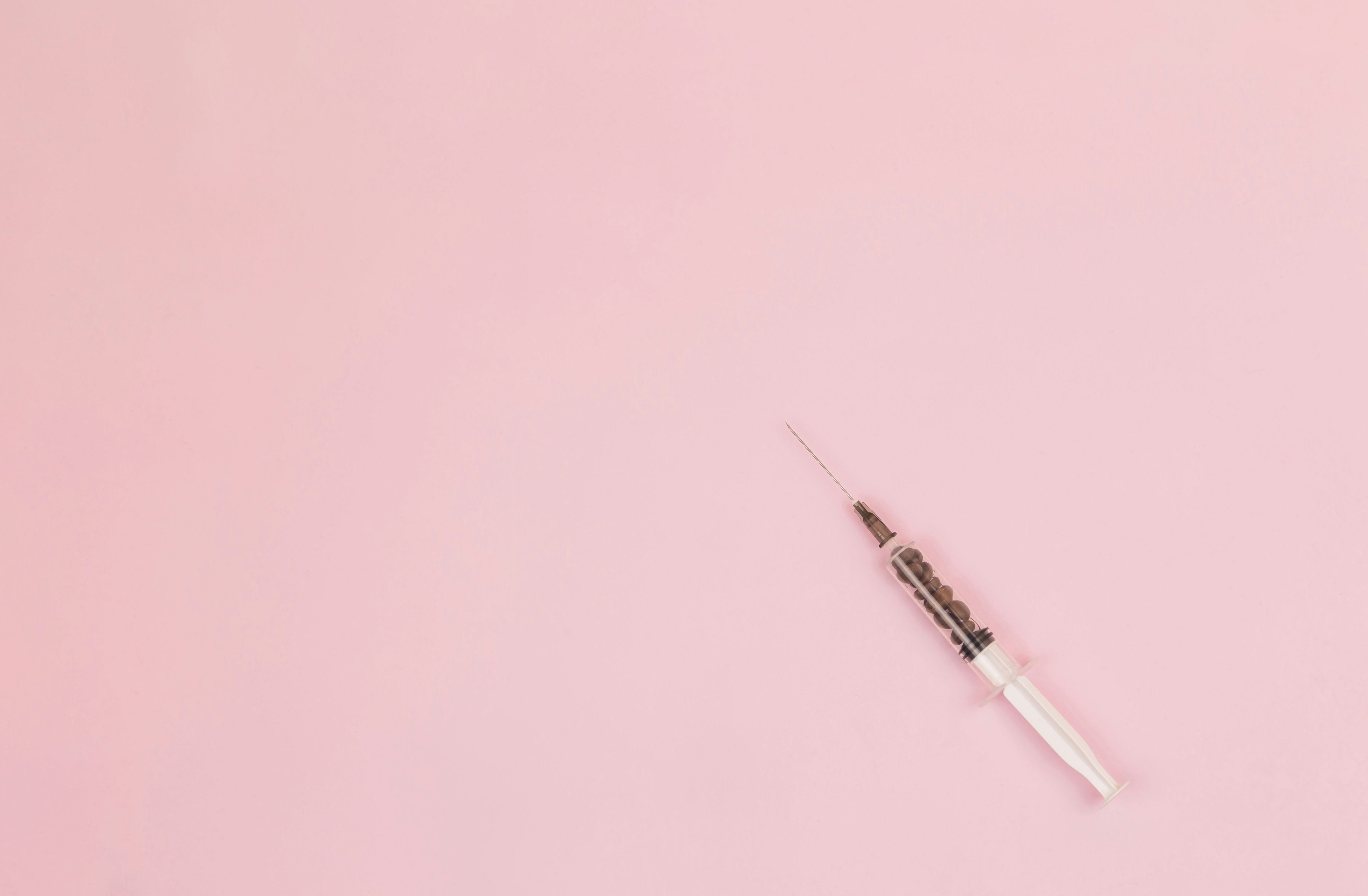
Always Follow Medical Advice
It is important to note that the best practice is to always follow the prescriber’s advice when it comes to your Ozempic medications. Take the medication only as prescribed and only under their direction. Read all medication inserts with care and attention and follow new directives as and when they are released. These kinds of medications are ever-changing and new developments are being recognised all the time. The best source of advice is direct.
Final Thoughts on the Ozempic Diet Plan
There is no disputing that for some people Ozempic is life changing but living with side effects is never fun! The good news is that with mindful food choices and a few lifestyle adjustments, you can reduce the uncomfortable side effects of Ozempic while still optimising your weight loss journey. I’d always recommend working with a registered dietitian or healthcare provider to tailor an Ozempic diet plan to best suit your specific needs where possible.
Have you tried Ozempic? Do you follow an Ozempic diet plan? Let me know in the comments below.
If you are on a weight loss journey and want further support and company, then join my free Facebook Group here. Oh, and if you have found this website and articles useful and you’d like to know how you can say thank you, then I am always appreciative of receiving a virtual coffee here.
Thank you for stopping by! Check out my last post here.
Love as always!
 More From Me
More From Me
Want to find out more about me? Head over to this page. If you like reading posts like this, then you might want to follow me over on Bloglovin. Don’t forget you can find me on Instagram, Facebook, Twitter & YouTube. As always, my words, views and opinions are honest and my own. Links marked with “*” are affiliate links. This does not cost you anything additional, but it may mean I earn a small percentage from any sales. For more information about any of these, please head over to this page.

